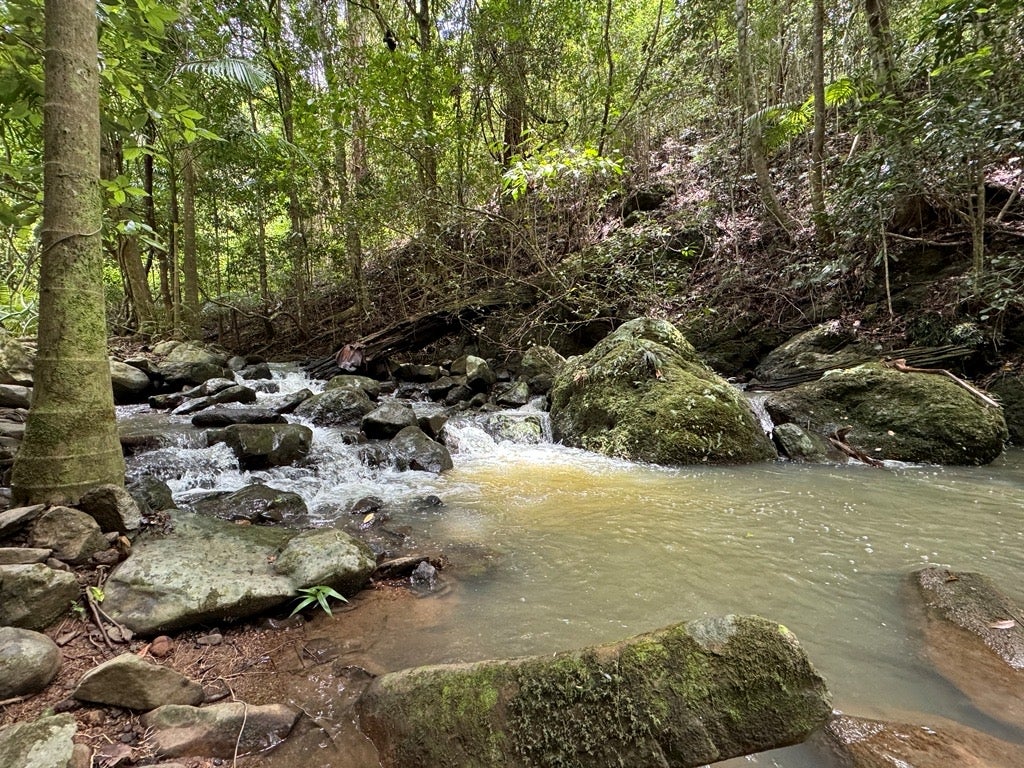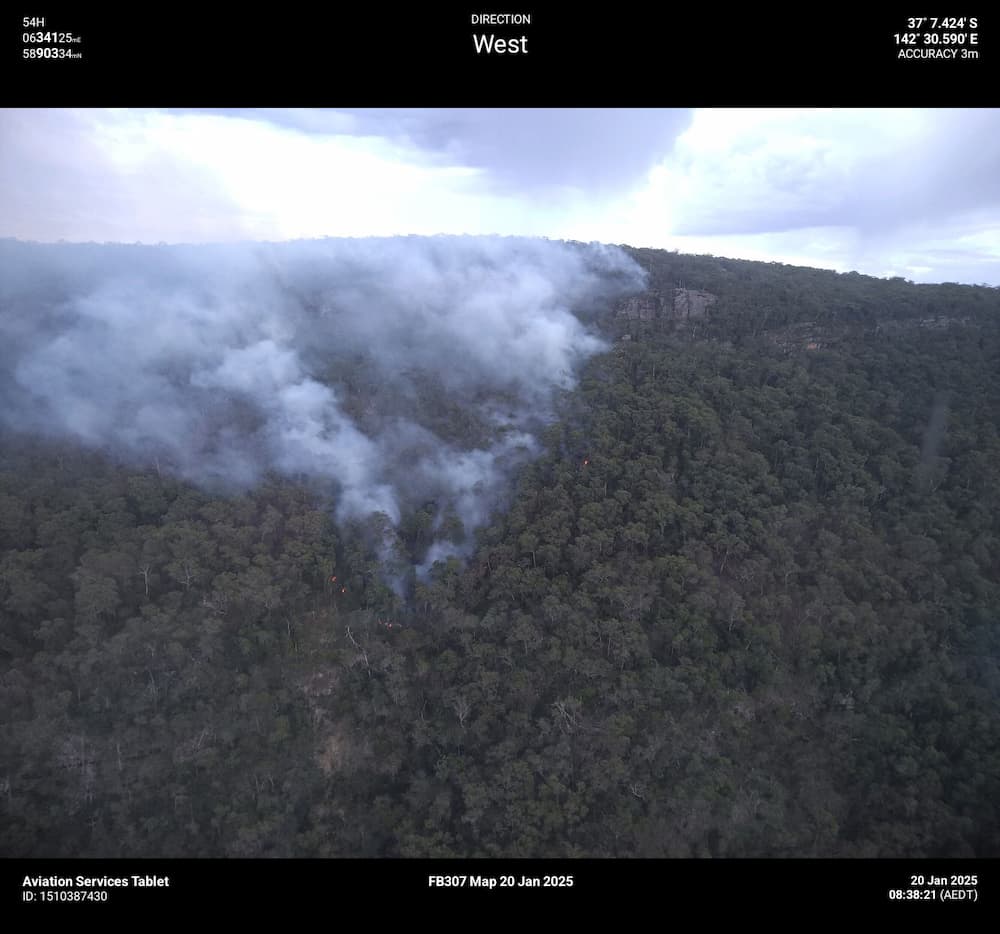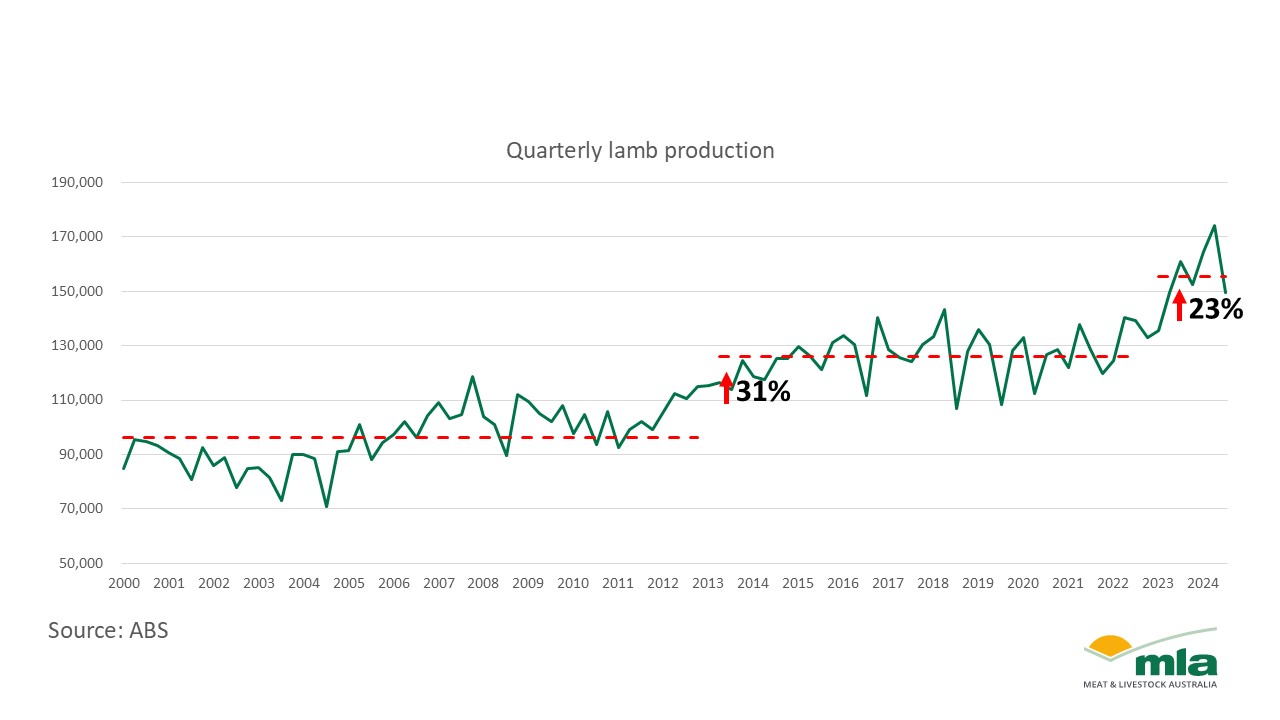We have only one example of biology forming in the universe – life on Earth. But what if life can form in other ways? How do you look for alien life when you ?
Author
- Chris Impey
University Distinguished Professor of Astronomy, University of Arizona
These questions are preoccupying , who are scientists who look for life beyond Earth. Astrobiologists have attempted to come up with universal rules that govern the emergence of complex physical and biological systems both on Earth and beyond.
I’m an who has about astrobiology. Through my research, I’ve learned that the most abundant form of extraterrestrial life is likely to be microbial, since single cells can form more readily than large organisms. But just in case there’s advanced alien life out there, I’m on the international for the group designing messages to send to those civilizations.
Detecting life beyond Earth
Since the of an exoplanet in 1995, , or planets orbiting other stars, have been found.
Many of these exoplanets are small and rocky, like Earth, and in the of their stars. The habitable zone is the range of distances between the surface of a planet and the star it orbits that would allow the planet to have liquid water, and thus support life as we on Earth know it.
The sample of exoplanets detected so far projects in our galaxy – or 300 million places, including exoplanets and other bodies such as moons, with suitable conditions for biology to arise.
The uncertainty for researchers starts with the definition of life. It feels like defining life should be easy, since we know life when we see it, whether it’s a flying bird or a microbe moving in a drop of water. But , and some think a comprehensive definition might not be possible.
as a “self-sustaining chemical reaction capable of Darwinian evolution.” That means organisms with a complex chemical system that evolve by adapting to their environment. Darwinian evolution says that the survival of an organism depends on in its environment.
The evolution of life on Earth has progressed over billions of years from single-celled organisms to large animals and other species, including humans.
Exoplanets are remote and hundreds of millions of times fainter than their parent stars, so studying them is challenging. Astronomers can inspect the atmospheres and surfaces of Earth-like exoplanets using to look for .
Spectroscopy might detect in a planet’s atmosphere, which microbes called blue-green algae created by photosynthesis on Earth several billion years ago, or , which indicate plant life.
NASA’s definition of life leads to some important but . Is Darwinian evolution universal? What chemical reactions can lead to biology off Earth?
Evolution and complexity
All life on Earth, from a fungal spore to a blue whale, evolved from a microbial about 4 billion years ago.
The same chemical processes are seen in all living organisms on Earth, and those processes . They also may be elsewhere.
In October 2024, a to think outside the box on evolution. They wanted to step back and explore what sort of processes created order in the universe – biological or not – to figure out how to study the emergence of life totally unlike life on Earth.
Two researchers present argued that complex systems of chemicals or minerals, when in environments that allow some configurations to persist better than others, . As time goes by, the system will grow more diverse and complex, gaining the functions needed for survival, through a kind of natural selection.
They speculated that there might be a law to describe the evolution of a wide variety of physical systems. Biological evolution through natural selection would be just one example of this broader law.
In biology, refers to the instructions stored in the sequence of nucleotides on a DNA molecule, which collectively make up an organism’s genome and dictate what the organism looks like and how it functions.
If you define , natural selection will cause a genome to grow more complex as it stores more information about its environment.
Complexity might be useful in measuring the .
However, it’s wrong to conclude that animals are more complex than microbes. Biological information increases with genome size, but drops. Evolutionary information density is the fraction of functional genes within the genome, or the fraction of the total genetic material that expresses fitness for the environment.
Organisms that people think of as primitive, such as bacteria, have genomes with high information density and so than the genomes of plants or animals.
A is still elusive. Such a theory would include the concepts of complexity and information storage, but it would not be tied to DNA or the particular kinds of cells we find in terrestrial biology.
Implications for the search for extraterrestial life
Researchers have explored to terrestrial biochemistry. All known living organisms, from bacteria to humans, contain water, and it is a solvent that is . A solvent is a liquid medium that facilitates chemical reactions from which life could emerge. But life could potentially emerge from other solvents, too.
Astrobiologists have explored thousands of molecules that might be associated with life. include sulfuric acid, ammonia, liquid carbon dioxide and even liquid sulfur.
Alien life might not be , which forms the backbone of all life’s essential molecules – at least here on Earth. It might not even to survive.
Advanced forms of life on alien planets could be so . As astrobiologists try to detect life off Earth, they’ll need to be creative.
One strategy is to measure on the rocky surfaces of exoplanets, since . As life evolved on Earth, it used and created minerals for exoskeletons and habitats. The hundred minerals present when life first formed have grown to about 5,000 today.
For example, zircons are simple silicate crystals that date back to the time before life started. A zircon found in Australia is the of Earth’s crust. But other minerals, such as , a complex calcium phosphate mineral, are created by biology. Apatite is a primary ingredient in bones, teeth and fish scales.
Another strategy to finding life unlike that on Earth is to detect , such as artificial lights, or the industrial pollutant nitrogen dioxide in the atmosphere. These are examples of tracers of intelligent life called .
It’s unclear how and when a of life beyond Earth will happen. It might be within the solar system, or by sniffing exoplanet atmospheres, or by detecting artificial radio signals from a distant civilization.
The search is a , not a straightforward path. And that’s for life as we know it – for life as we don’t know it, all bets are off.
![]()








